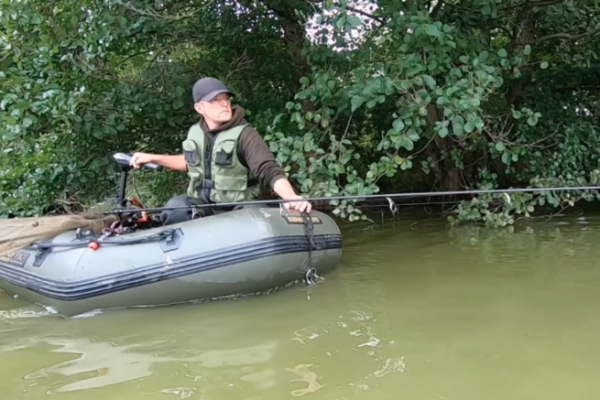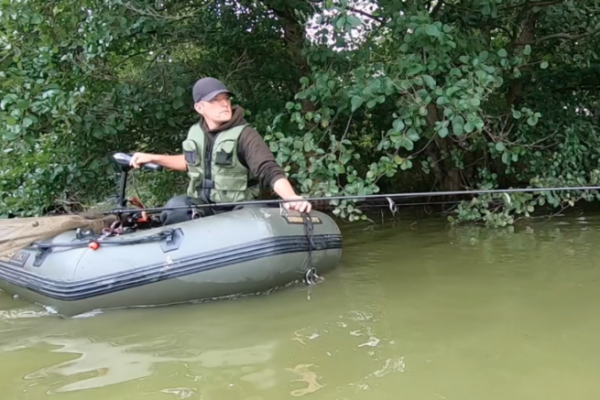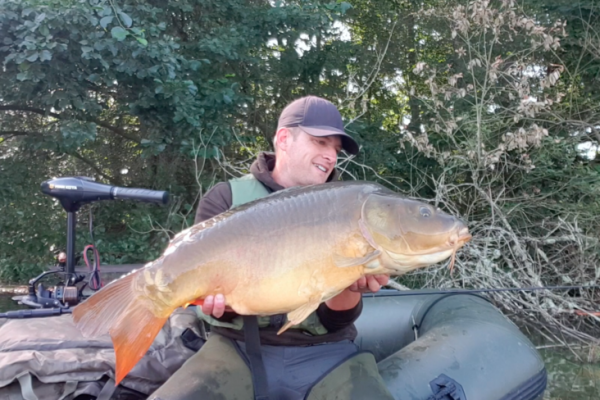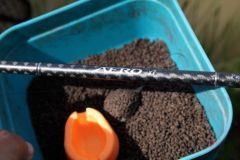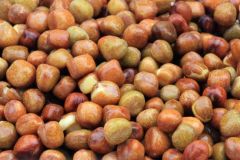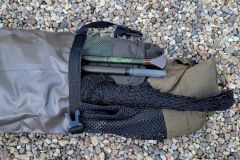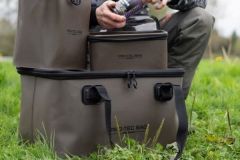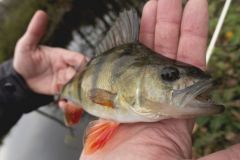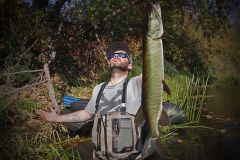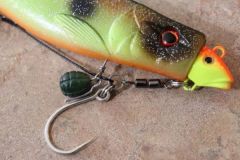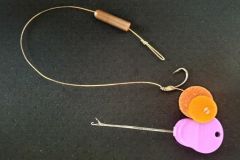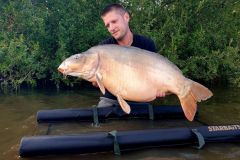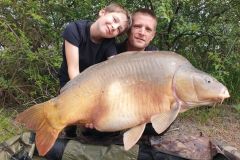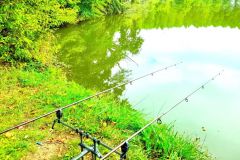Carp fishing can be done in many different ways. It can be practised from shore or from a boat over short or long sessions. And again, depending on the practice, there are multiple ways of approaching things. Let's take a look at a simple approach to carp stalking from a boat.
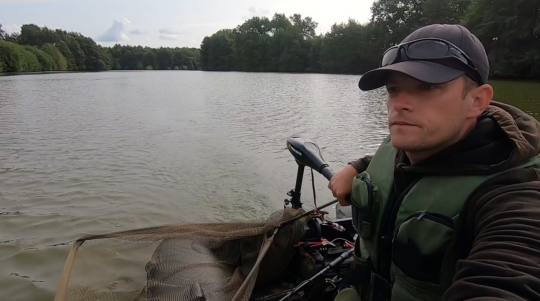
What is rod fishing?
The aim of this type of fishing is not to attract fish, but to find them where they are. From the shore, the banks are surveyed, and by boat, every nook and cranny is accessible. This type of fishing is also known as stalking. This type of fishing takes place over fairly short periods of time. In the space of a few hours, several stations are alternated.

Lightweight equipment
Lapped or stalking fishing involves a lot of moving around, in a very short space of time. So it's important to be organized and, above all, to keep your equipment to a minimum. For boat stalking, you'll need :
- A small boat with its own equipment. Don't forget your lifejacket or flotation jacket.
- A small bucket with all the bait.
- A small pencil case with all the small equipment you need.
- A cane.
- A landing net.
- A compact landing mat with a sling (preferable for easy handling).


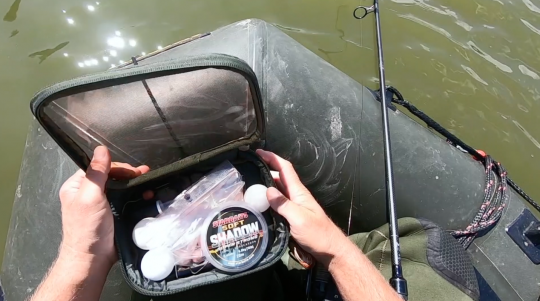
Strategy, stimulation above all
It's not a question of baiting fish to attract them and feed them, but of stimulating them where they are. This means using multi-spread baits with a high level of visual and olfactory stimulation. The aim is to trigger hits as quickly as possible. Whether you're using bait or groundbait, the attractiveness/stimulation aspect must be exacerbated. For this type of fishing, there's no need to use large quantities of bait.

Approach, find the fish
The aim, I repeat, is to get the fish where they are. As is often the case, observation is the key to success. Jumps, porpoises, large bubbles rising from the bottom and on the move are all signs you need to look for and follow. Alternate stations according to these observations. If you don't see any such signs, you'll have to move on to "carp magnet" stations. In this case, obstacles, weed beds, submerged structures and many others should be favoured. Of course, weather conditions will also have to be taken into account when making your choice of alternating stations.
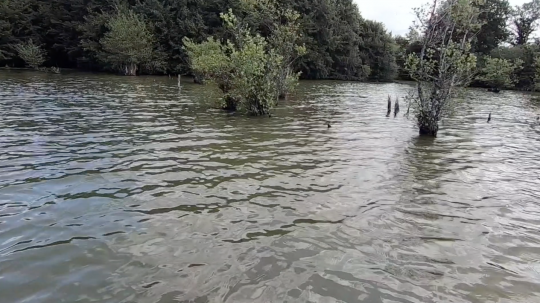

Carp fishing from a boat is well worth the effort. It's full of adrenalin. In a second article, I'll take you on board with me for a session.
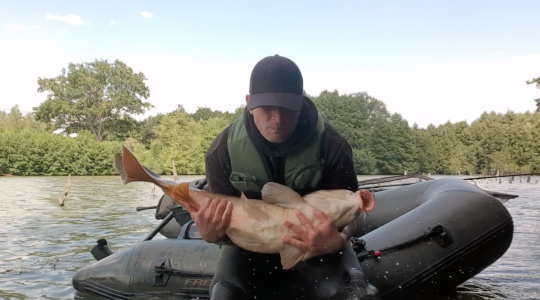

 /
/ 